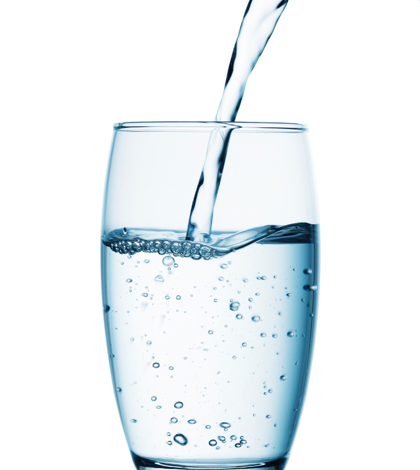A draft report on the feasibility of developing regulations for the direct potable reuse of recycled water was released late last week by the State Water Resources Control Board to the state’s Legislature. After reviewing the recommendations of an Expert Panel and Advisory Group, the State Water Board’s Division of Drinking Water concluded it is realistic to initiate the development of regulations.
California is the first state in the country to attempt to develop regulations specifically for direct potable reuse (DPR). DPR is defined as the addition of recycled water directly into a public water system or into a raw water supply immediately upstream of a water treatment plant.
“As we face a fifth year of record-breaking drought, and ongoing changes in our environment related to climate change – which could mean more droughts in our future — expanding our water resource options is a smart thing to do,” said State Water Board Chair Felicia Marcus. “We need to take a thoughtful and deliberate approach to diversifying and securing our long term water resilience. Today’s draft, focused on the feasibility of direct potable reuse, is one part of a multifaceted effort that includes a wide range of sources, including indirect potable reuse through groundwater recharge, surface water augmentation, storm water capture, and desalination…Today’s draft report is a historic step in bringing online a potential future source of potable water.”
DPR regulations can be adopted provided that certain research and key knowledge gaps are addressed. Direct potable reuse of recycled water will not take place until the knowledge gaps are addressed and additional research is completed related to the protection of public health. However, the development of the criteria for the use of DPR will go forward as the knowledge gaps are addressed and additional research is completed. Due to this ongoing process, a concrete timeframe on when regulations for the direct potable reuse of recycled water will be in place and when adoption of the regulations can occur is currently not available.
California’s population is expected to grow from 38 million to 50 million by 2049. With that expectation and the continuing changes in climate, worldwide, and the challenges to Californians and the state’s water supplies, it becomes imperative to create new sustainable water resources. Gov. Jerry Brown has initiated the 2014 Water Action Plan as a top priority; part of his plan is to increase the use of recycled water.
Parallel to the efforts of the Water Action Plan, the State Water Board is committed to safely increasing recycled water usage. They have expanded funding and revised regulations to encourage the use of recycled water where appropriate and feasible. Within the state, non-potable reuse of recycled water for agriculture and landscape irrigation is expanding and indirect potable use of recycled water is already underway in the state. Specifically, significant numbers of groundwater replenishment projects recharging groundwater aquifers used for drinking water are growing.
The draft report is available now for comment under a 45-day public review period before finalization and presentation to the state Legislature by Dec. 31, 2016. In the draft report the Division of Drinking Water agrees with the expert panel that regulations for the direct potable reuse of recycled water are attainable. The Division of Drinking Water believes that knowledge gaps and needed research remain to assure adequate public health protection. Additionally, later this year, the State Water Board will also issue regulations on surface water augmentation with recycled water as another form of indirect potable reuse.
Moving forward on the development of DPR, some of the Division of Drinking Water’s recommendations include:
- Convene technical workgroups to assist in developing uniform water recycling criteria for direct potable reuse.
- Convene a “blue ribbon” panel to review scientific literature and report on the current state of scientific knowledge regarding the risks of emerging contaminants to public health.
- Develop new methods to evaluate the performance and reliability of DPR treatment.
- Work with the Regional Water Quality Control Boards to include monitoring for pathogens in raw wastewater feeding potable reuse systems.
- Develop more comprehensive analytical methods for unknown contaminants.
- Address important implementation issues including:
– Training and certification of operators for potable reuse treatment facilities.
– Optimizing wastewater treatment plant performance to prepare for DPR.
– Enhancing source control programs designed to prevent or minimize discharges of toxic chemicals to sewer systems that feed into DPR treatment plants.
– Ensuring that agencies implementing DPR projects have adequate technical, managerial, and financial capacity to ensure the success and safety of the project.
 California Water News Daily Your Source For Water News in California
California Water News Daily Your Source For Water News in California


